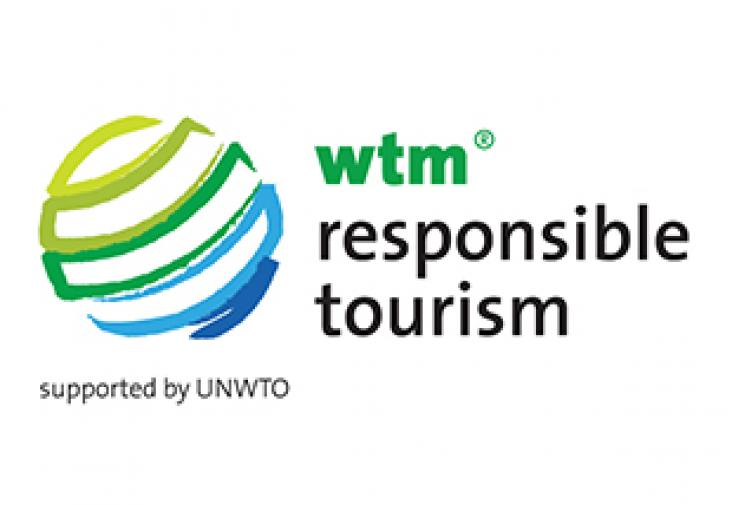There is a need to broaden the measures used to determine marine management effectiveness, especially in the context of achieving the SDGs. To advance goal 14, this article urges governments to pay more attention to new governance tools, including open innovation, when formulating new policy aimed at building future scenarios of economic resilience involving marine resource use.
This solution-focused report — the fourth in its series — offers 10 new markets which could help get the Global Goals back on track, such as blockchain-based land rights for Goal 10 and energy-efficient cooling for Goal 13. The report aims to demonstrate how global sustainability challenges and risks can be seen as opportunities.
Rapid ocean warming as a result of climate change poses a key risk for coral reefs.
The Mediterranean Sea is affected by one of the most significant plastic pollution worldwide.

Born in 1978, Pollutec is recognized today as the reference meeting place for environment professionals. The event develops multiple SDGs, including SDGs 6 (clean water and sanitation), 7 (affordable and clean energy), 12 (responsible consumption and production) and 13 (climate action).
Increasing accessibility of coral reefs from the latter third of the 20th century led quickly to recognition of the vulnerability of coral reef communities to a combination of direct and indirect huma
Microplastics pollution in aquatic ecosystems has aroused increasing global concern, leading to an explosive growth of studies regarding microplastics published in the past few years.

To celebrate 2017 as the International Year of Sustainable Tourism for Development, World Travel Market London is focusing World Responsible Tourism Day – including the WTM Responsible Tourism Awards – on the UN Sustainable Development Goals.
The awards categories are centred on the UN’s Sustainable Tourism Goals, with a focus on businesses, destinations and organisation which can clearly demonstrate their contribution to sustainable development
This paper focuses on the effects of marine pollution in fish within the the greatest depth zones of the Pacific Ocean.

Supporting Goal 14: Life Below Water and advancing Target 14.a: to increase scientific knowledge, develop research capacity and transfer marine technology, OI China helps organisations to improve their strategies for measuring, developing, protecting and operating in the world’s oceans.
